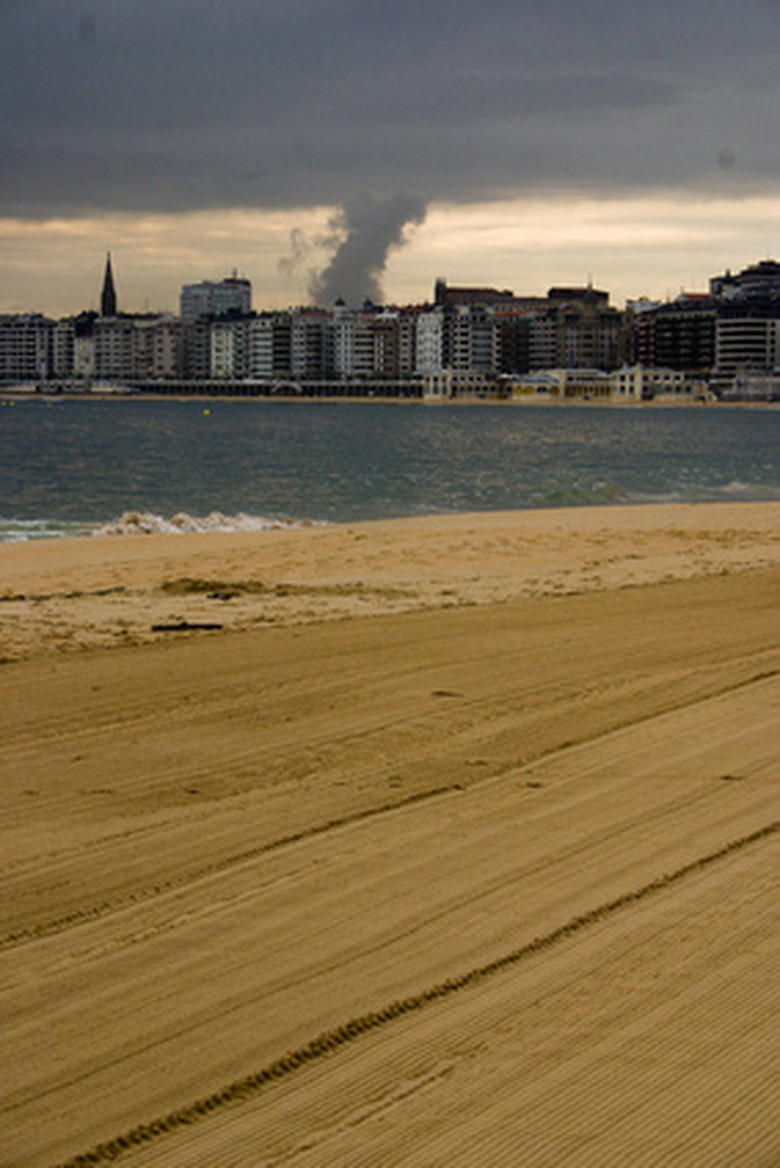Two Air Masses That Will Cause A Tornado
Tornadoes are terrible natural disasters that are capable of causing massive amounts of damage. This is even more interesting due to the fact that a tornado is simply a high-powered wind that forms into a cyclone. However, these cyclones do not just appear at random. It takes two specific types of air masses combined to produce a tornado.
Warm, Wet Southern Winds
Warm, Wet Southern Winds
Winds that come north from the Gulf of Mexico are usually very wet and very warm because of the climate they are coming from. These winds often blow north in the spring or early summer, giving this time of year the name "tornado season." These wet, warm winds, wherever they come from, are pivotal to the formation of tornadoes. To form a tornado, one air front that must be present is this type of heavy, warm wind.
Dry, Cool Northern Winds
Dry, Cool Northern Winds
Year round, winds blow south from the Canadian tundra to sweep across the landscape, meeting the warmer winds from the south. These winds are drier and cooler, as a result of the environment they are coming from. These winds do not necessarily have to come from Canada, but they do have to be lighter, cooler and drier winds to be essential to the formation of a tornado.
The Effect
The Effect
When these two air masses meet, the warmer, wetter winds are pushed upwards by the faster-moving, cold winds; the warmer air spirals upward. The warm wind, in turn, forces the cooler, lighter air downward in a revere spinning cycle. Eventually the warmer winds become faster and faster, resulting in a combining of these two spinning air masses to form a tornado.
Cite This Article
MLA
Burry, Cameron. "Two Air Masses That Will Cause A Tornado" sciencing.com, https://www.sciencing.com/two-air-masses-cause-tornado-7627767/. 24 April 2017.
APA
Burry, Cameron. (2017, April 24). Two Air Masses That Will Cause A Tornado. sciencing.com. Retrieved from https://www.sciencing.com/two-air-masses-cause-tornado-7627767/
Chicago
Burry, Cameron. Two Air Masses That Will Cause A Tornado last modified March 24, 2022. https://www.sciencing.com/two-air-masses-cause-tornado-7627767/
